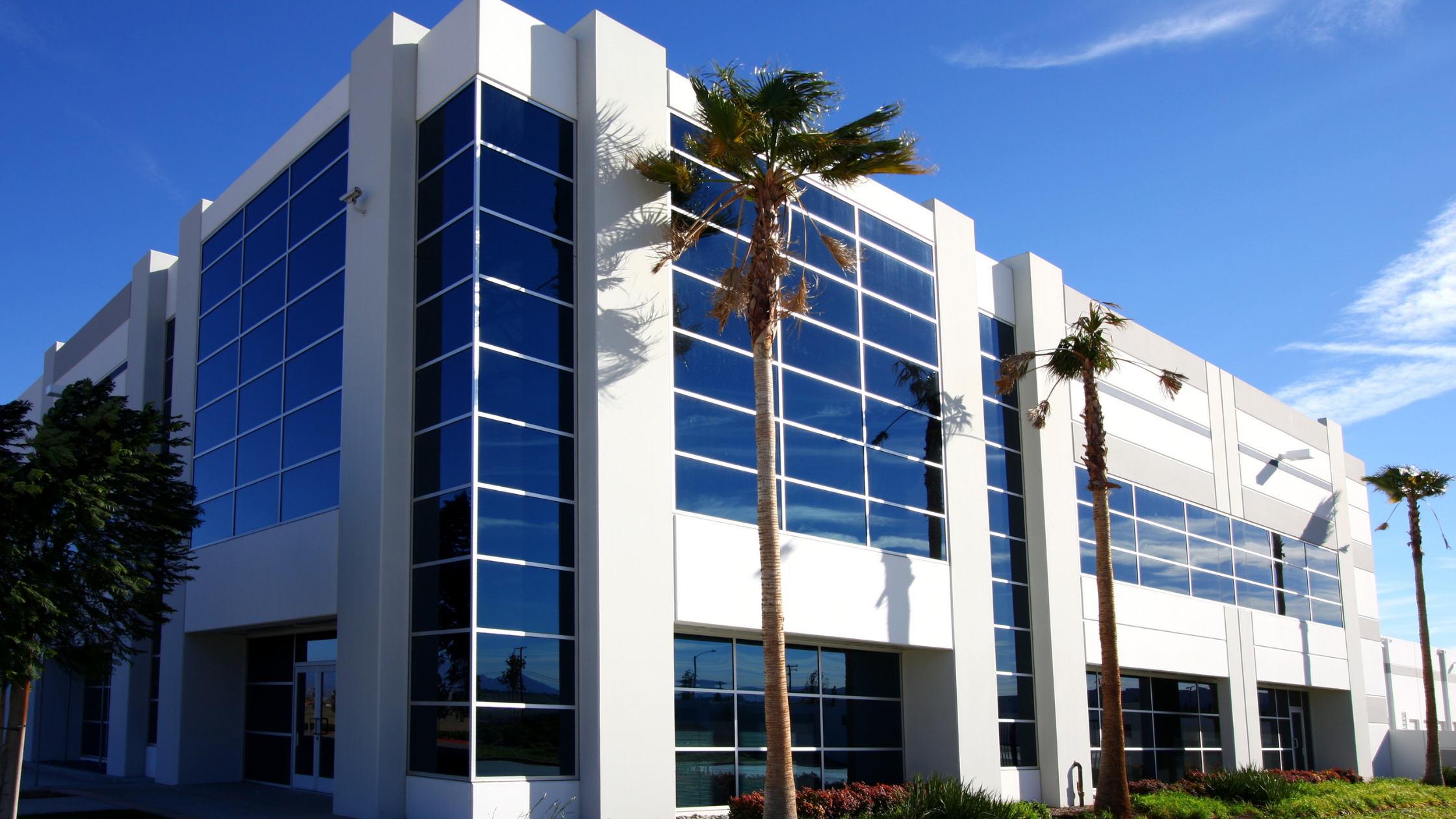On May 2, 2022, New York State Energy Research and Development (NYSERDA) announced the launch of the fourth round of the Commercial Challenge. NYSERDA will award up to $15 million to applicants who demonstrate a plan to execute electrification, carbon capture, manufacturing process emission reductions or low-carbon fuel projects. Large industrial energy consumers use these funds for energy saving and carbon reduction projects.
Large energy consumers with a 12-month average electricity demand of 3 megawatts (MW) or more are eligible to apply. Usage can be at one site or can be aggregated across multiple sites. Some of the successful applications are for projects such as beneficial electrification, carbon capture, low-carbon fuel use, energy efficiency improvements, renewable energy, HVAC upgrades, battery storage, and more. NYSERDA will designate a project manager to each recipient to provide guidance and quality assurance on the measures to be implemented.
This is one of many initiatives across the country incentivizing carbon reduction. The anticipated growth in energy demand by the industrial sector is a 30% increase. This could increase CO2 emissions by 15% unless stakeholders focus on reducing GHG emissions. While the need for carbon reduction is clear, the Columbia Business School reports energy transition can cost $6 billion or more per year.
Policymakers are implementing governmental programs to address these aggressive climate goals using combined approaches including command-and-control and market-based incentive policies. Local municipalities or city governments set a mandated standard and firms can select from a variety of solutions for the one that makes the most economical sense to meet the required target. Emission Reduction Credits (ERCs) or Capped Allowance Systems are methods policymakers use to offer incentives to firms to mitigate the cost of improvements.
Programs such as the NYSERDA Commercial Challenge are also meant to meet this need by providing funds for sustainable projects. Another such funding program called Accelerate has been introduced by Edison Energy and RENEW Energy Partners. The $300 million program will provide carbon savings solutions as a service. Companies with concrete decarbonization goals will qualify for funding for demand-and-supply-side projects, electric vehicle fleet infrastructure, and onsite renewable generation. The California Energy Commission’s Low Carbon Fuel Production Program provides funding to support the state’s fuel industry in renewable, low carbon fuel production. These are just a couple of the programs available across the country.
It is becoming virtually impossible for commercial firms to ignore their carbon footprint. Information disclosure programs are one of the first steps mandated for commercial buildings. Firms are required to benchmark and post their energy usage to appropriate portals. Voluntary programs that certify sustainability efforts provide technical guidance and achievement recognition which can improve public image. The built environment is fast-moving past the voluntary stage as building code standards ramp up and government regulation increases. While energy efficiency, renewable energy, and GHG reduction projects are popular with consumers and can improve brand image, they can be costly. If strategies are not carefully designed or implemented, results can be less than satisfactory or even detrimental if compliance targets are not met. If an organization does not have the capacity for in-house sustainability expertise, the best solution would be to partner with a reputable sustainability consulting firm.
The benefits of hiring a sustainability consulting firm starts with their expertise. They will know which energy conservation and carbon reduction measures yield the best results. Just as important is their knowledge of compliance requirements for specific industries and locations. After an evaluation of the organization and analysis of energy usage and GHG emissions, the sustainability expert will provide a comprehensive solution that can incorporate any available incentive programs so that projects can be financially beneficial as well as environmentally successful. Bring your project to the team at Albireo Energy to learn how their expertise can benefit your project, your firm, and the environment.







